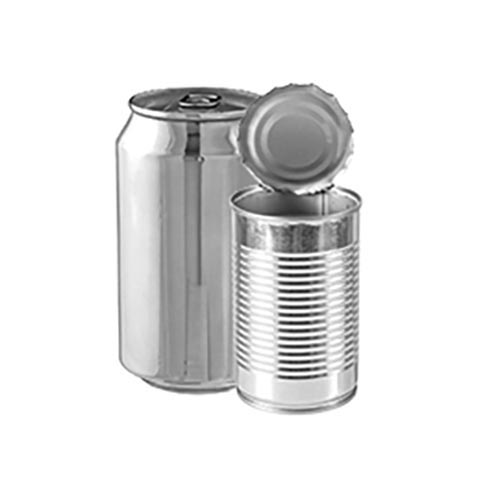Facts & FAQs > Environment & Recycling Facts
Environment & Recycling Facts
Facts about common recyclable materials and how they impact the environment.
Aluminum & Steel Cans
- Aluminum cans made from recycled aluminum use only 8 BTUs, which is a 95% energy savings.
- Aluminum cans made from recycled aluminum release 40% less carbon emissions.
- Aluminum cans are made from 50% recycled aluminum.
- Steel cans made from recycled steel result in a 50% energy savings.
- Steel cans made from recycled steel emit 4 to 5 times less carbon.
- The steel industry claims that it is the number one recycled material in North America with a 68.7% recycling rate in 2006.
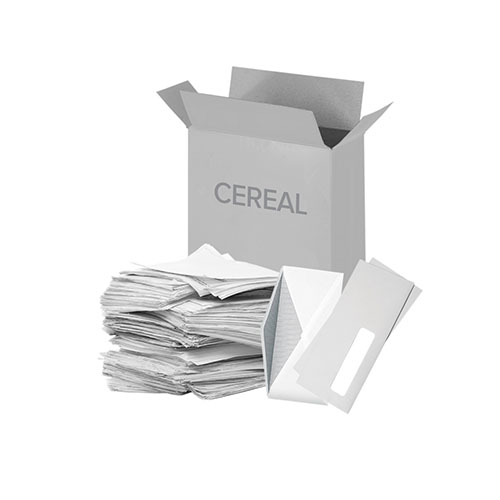
Paper & Boxes
- Paper made from recycled paper results in a 64% energy savings.
- Paper made from recycled paper uses up to 80% less water.
- Recycling one ton of paper conserves 17 trees.

Glass
- Glass made from recycled glass results in a 50% energy savings.
- Glass bottles made from recycled glass emit 4 to 5 times less carbon.
- A ton of glass made from 50% recycled materials saves about 300 lbs. of mining waste.

Plastic Bottles & Jugs
- Recycling a pound of PET plastic saves approximately 12,000 BTU's.
- Plastic containers made from recycled plastic emit up to 8 times less carbon.
- Recycling a ton of PET containers saves 7.4 cubic yards of landfill space.

Reduction
- If everyone in the US was able to reduce their 10.8 pieces of junk mail received each week, we could save nearly 100 million trees each year.
- If every household in the US replaced one roll of non-recycled paper towels with a roll of 100% recycled paper towels, we would save 864,000 trees and 3.4 million cubic feet of landfill space.
- If 10,000 people switched from 0 to 100% Post-Consumer recycled office paper for one year, the collective annual impact is equivalent to taking 230 cars off the road for a year.
- Turning off the water faucet while brushing your teeth can cut your usage in half.
- Install aerators on your faucets and save up to 40% of the hot and cold water running from your faucet.
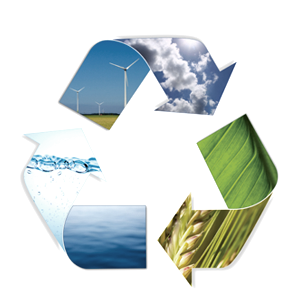
Recycling
- Recycling just 48 cans is the energy equivalent of conserving one gallon of gas.
- Since 1990, the paper recovered through US recycling efforts would fill 200 football stadiums to a height of 100 feet.
- The most recycled consumer product in America is the automobile, with 26 cars being recycled every minute.
- Every ton of recycled paper saves 17 trees and 462 gallons of oil.
- One pound of newspaper can be recycled into 6 cereal boxes or egg cartons.
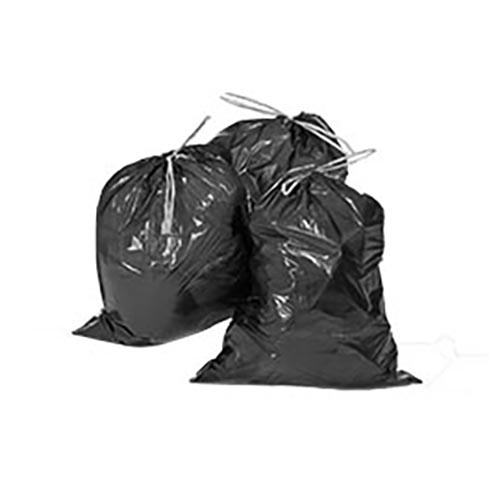
Trash
- A typical disposable lunch, with items like single-serve yogurt, Ziploc bags, and juice boxes, creates 4-8 oz of garbage each day. In one year, this could generate up to 67 lbs. of waste.
- Between Thanksgiving and New Year?s, Americans throw away one million extra tons of garbage every week.
- The average U.S. citizen uses 200 lbs. of plastic per year and only 3% is recycled.
- Glass makes up 6% of all the items in a landfill and it takes over 1 million years to decompose.
- An average of 220 tons of computers and other e-waste is dumped annually.

Energy Conservation
- Close doors and heating vents in rooms rarely used and lower the thermostat and use a space heater in rooms you use. For every one degree lowered, you?ll save up to 5% on your heating bill in the winter.
- Unplug chargers such as cell phones and iPods when not in use. Only 5% of the power drawn by a cell phone charger is used to charge the phone. The other 95% is wasted when it is left plugged into the wall.
- 25-40% of all heating or cooling produced by your furnace or air condition unit is lost through leaky ductwork. Fix the duct work and save an extra $160 on the annual heating and cooling bill.
- Save on gas. For every mile per hour over 55 that is driven, the fuel economy drops 2%.
- Line drying is free. Savings in energy costs alone total up to $135 a year.
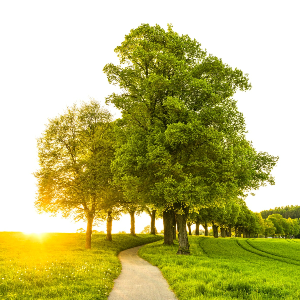
Environment & Health
- The EPA estimates indoor levels of pollutants, on average, are 2 to 5 times higher than outdoor. 50% of all illnesses are either caused or aggravated by polluted indoor air.
- One out of every three cleaning chemicals used in US schools has been shown to cause health or environmental problems, so switch to greener cleaning products.
- The average home today contains over sixty-two chemicals. More than 72,000 synthetic chemicals have been invented since World War II.
- Topping off your gas tank can increase the amount of ground-level ozone and other air pollutants.
- Trees purify the air and prevent global warming by absorbing up to 800 lbs. of CO2 every year. Trees intercept up to 36% of the rainfall around them, minimizing floods and water pollution caused by storm water runoff.
General Environment
- There is enough gold above ground (already mined) to satisfy all demands of the jewelry industry for the next 50 years.
- The average American uses between 80 and 100 gallons of water a day while two thirds of the people in the world use less than 13 gallons per day.
- Washing one less load of laundry each month can save nearly 360 gallons of water per year.
- The electricity generated by fossil fuels for a single home puts more carbon dioxide into the air than 2 cars driven for a full year.
- The organic growing method uses up to 25% less water than conventionally growing cotton due to the excellent water retention of organic soil.
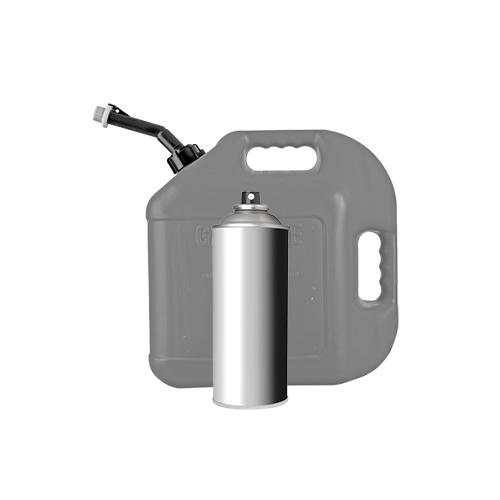
Household Hazardous Waste
- Inorganic peanuts are heavily dependent on chemicals and require more than $100 worth of pesticide per acre.
- 10% of pesticides used in United States are on cotton crops.
- Shutting down an average gold mine saves 9,000 lbs. of mercury emissions per year.
- In the US, over 95% of leather products are chrome-tanned, producing waste that the EPA labels as hazardous.
- Homeowners use up to 10 times more chemical pesticides per acre on their lawns than farmers use on crops.

